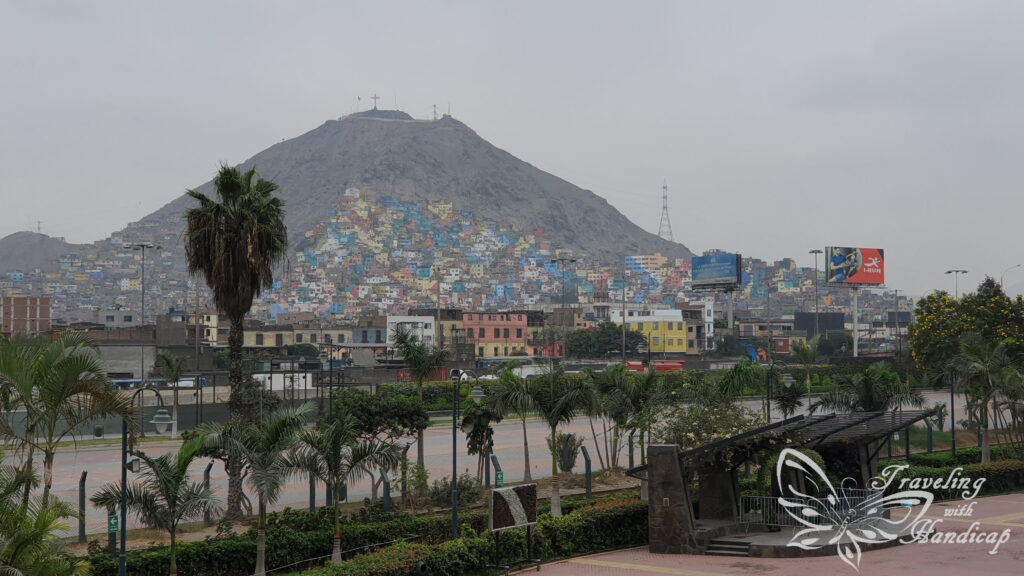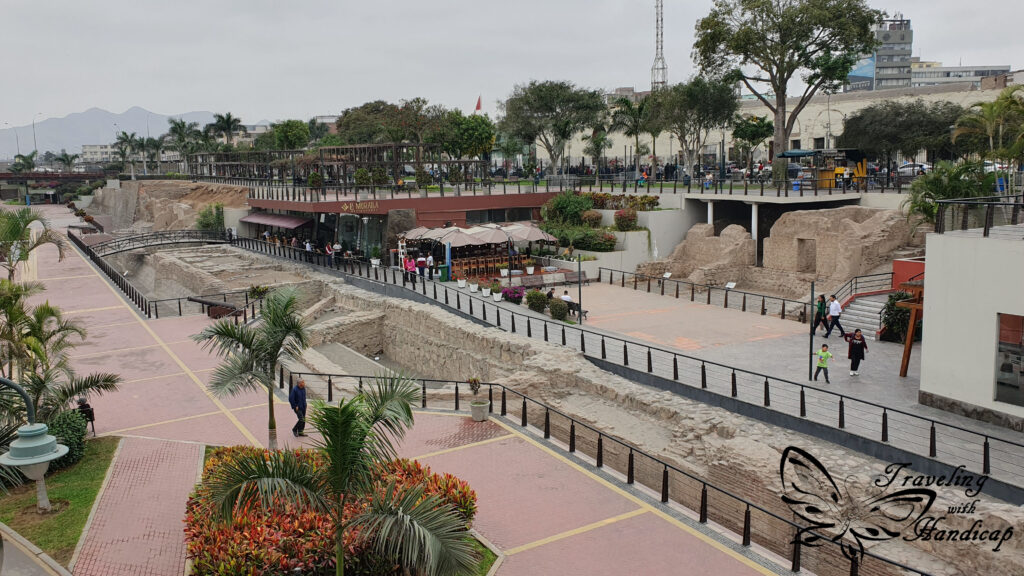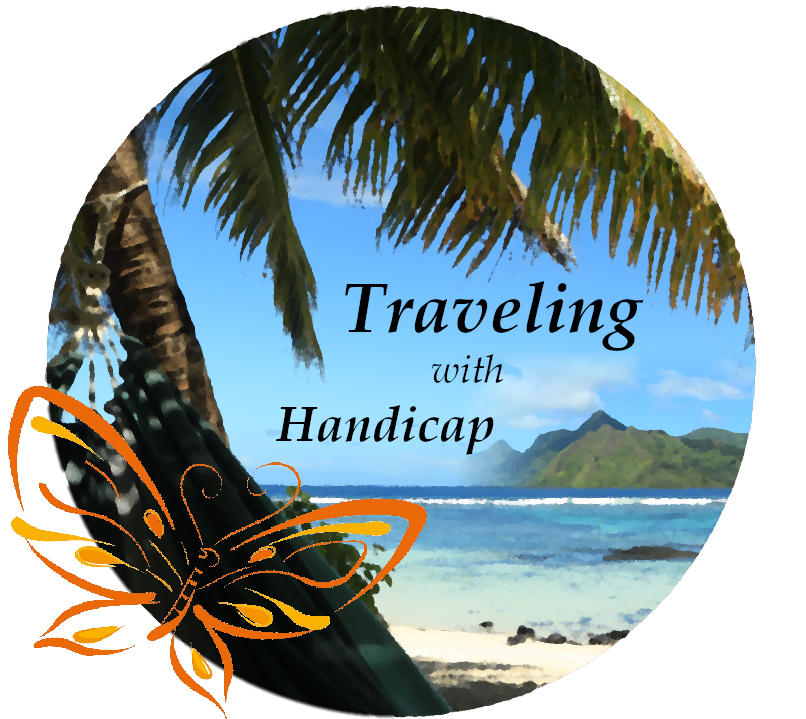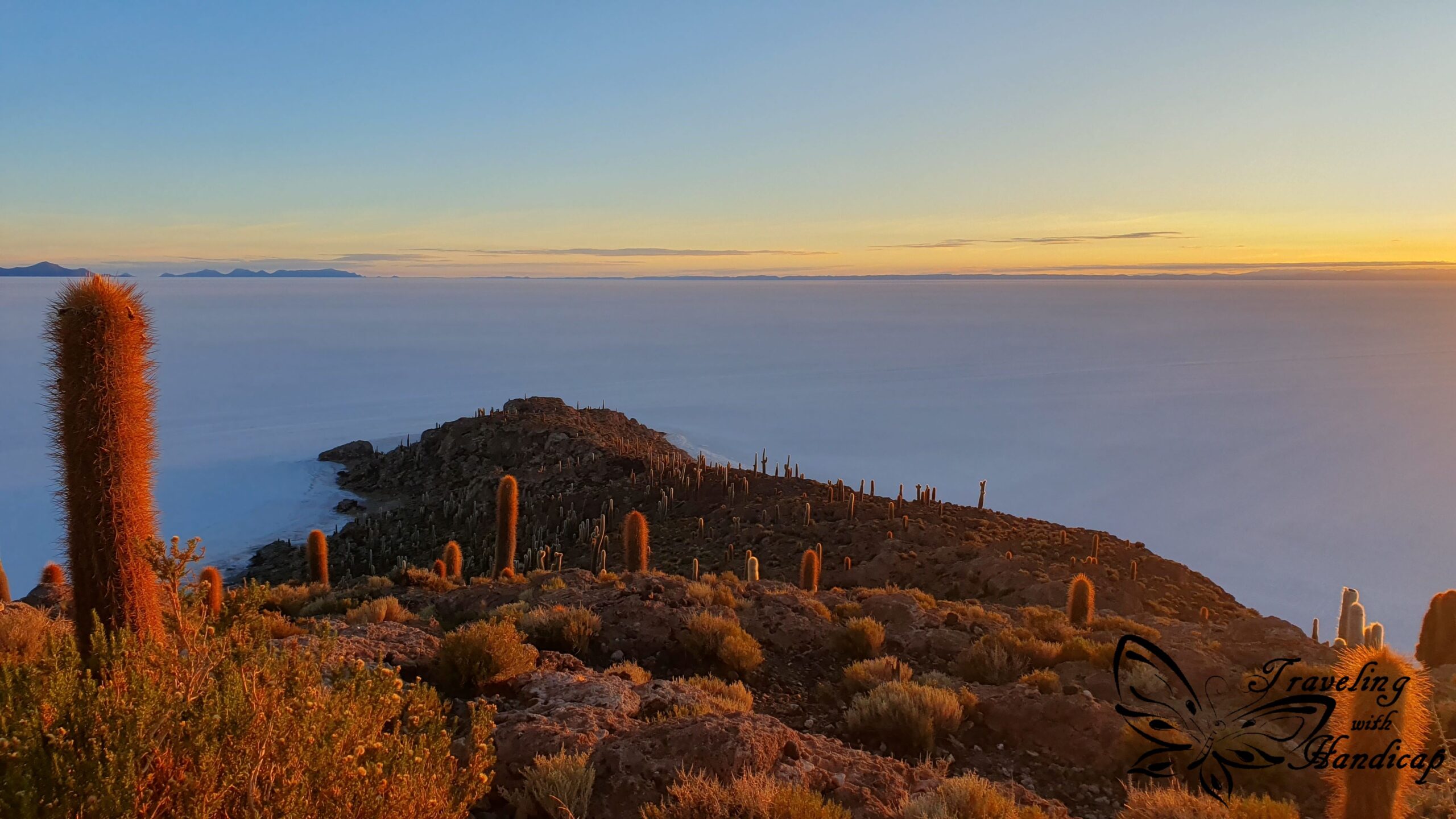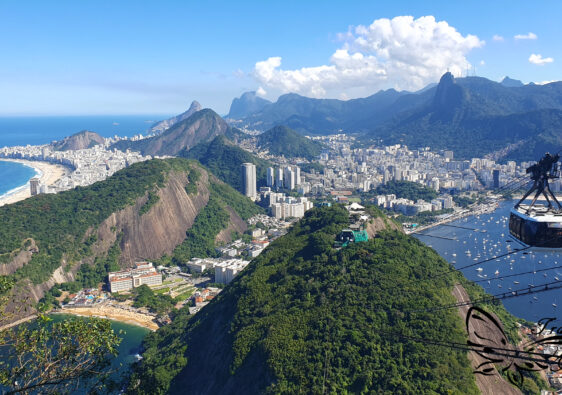If you think adventure is dangerous, try routine; it is lethal.
Paulo Coelho
After visiting different places across southern Peru, I made my way up to Lima. Actually, Lima and its surrounding little towns are considered central Peru. The remaining country is considered southern versus northern Peru. While visiting the Cusco, Puno and Arequipa regions, I felt that the people are more similar to the folks of especially northern Bolivia (La Paz, Copacabana). In and around Paracas, only three hours from Lima, people were different already. However, after arriving in Lima, I realized that these people and that city are quite distinct, compared to all I have visited before.
Peru’s capital, a quite distinct city
When walking around in Barranco or Miraflores, I quickly realized that the people of Lima behave differently from the people in the south. They don’t dress traditionally but rather quite fancy. Their behavior is in a way visualizing that they are “something better” than people in other parts of Peru. Moreover, there were many more European descendants in the streets of Lima than in any other place I have visited before. People appear a lot “whiter” and less “Latino” than in other parts across Peru.
I had the feeling that many Europeans moved especially to Lima and try to rule the country in ways they prefer. They seem to seek a connection to the United States (as they push “American brands” in many stores). Moreover, they seem to care a lot more about money (also in corrupt manners) than about their own traditions. A simple example are the Nazca lines, one of them carelessly destroyed by the construction of a road.

The repeated protests and blockages
I do feel with the people in the south who protest repeatedly. I have heard stories about families who really suffer financially due to the protests but who still help and support the protesters. Because it’s for the good thing. During December, the protests in southern Peru were as big that the German Ministry of Foreign Affairs among others set a travel warning.
The people in the south who try to live more traditionally want to be seen, respected and included. This is nothing bad at all. Moreover, in a country which seems to try to be “western”, which tries to attract many tourists, both valuing its traditions and being inclusive with respect to them would be my expectation. In general, I was very positively surprised by the people and the country of Bolivia. However, I was quite disappointed by the overall behavior of people in Peru. For sure, there were exceptions, but only very few. And if so, only in the south.
I didn’t experience any ways of inclusive thinking, no support of accessibility. As well, all across the country, Peruvians always try to charge tourists more than nationals, for everything. I can understand higher entry fees for certain parks or museums. However, why would I pay more for a taxi or a bus? I will write an extra article regarding my experience of whole Peru and how to deal with the (nasty) Peruvian attitude of trying to take more money from tourists.
What to visit in Lima
At first, it is important to consider that Lima is no touristy place. Sure, there are hotels and hostels, mainly within Miraflores and Barranco. Nevertheless, the large majority of tourists stays in Lima only for a stopover with respect to flights. This is because Lima is the international airport as well as the only (easily accessible) airport with direct flights to Iquitos (Amazon region). Many tourists of Peru arrive in Lima and stay for a night before they continue to e.g., Cusco. Or, they stay before leaving on an international flight. Nevertheless, there are a few things to do and check out within one or two days. 🙂
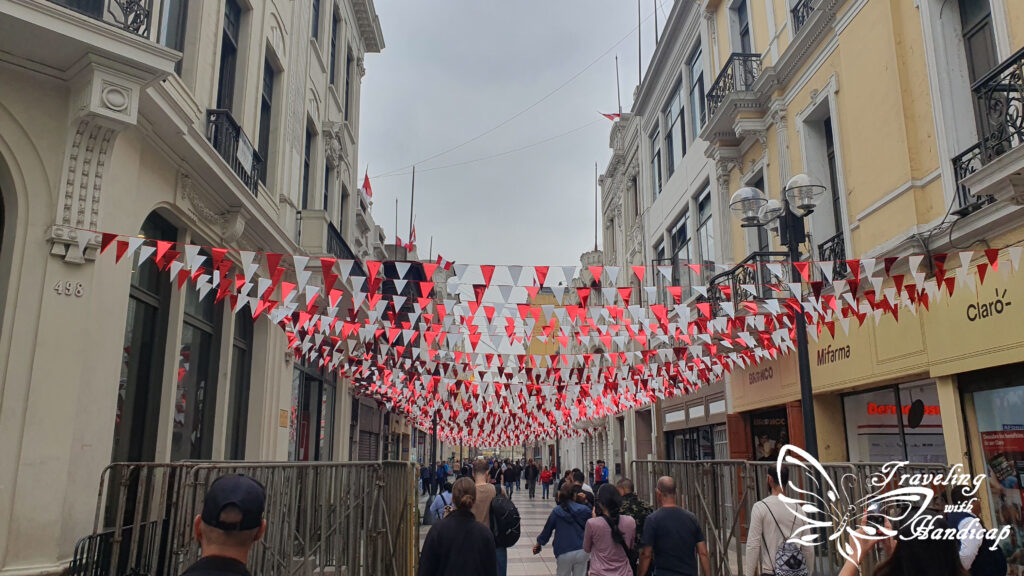
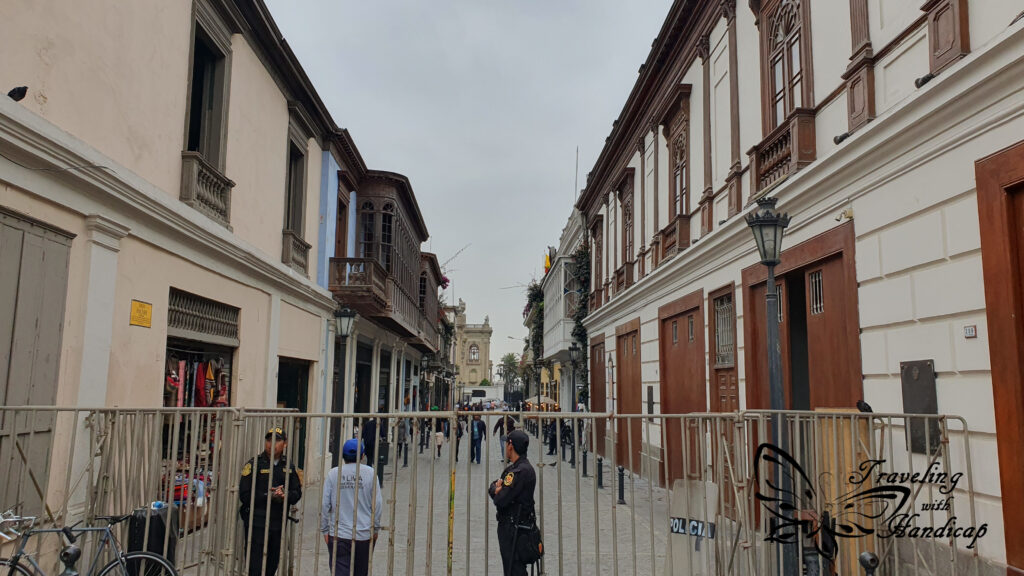
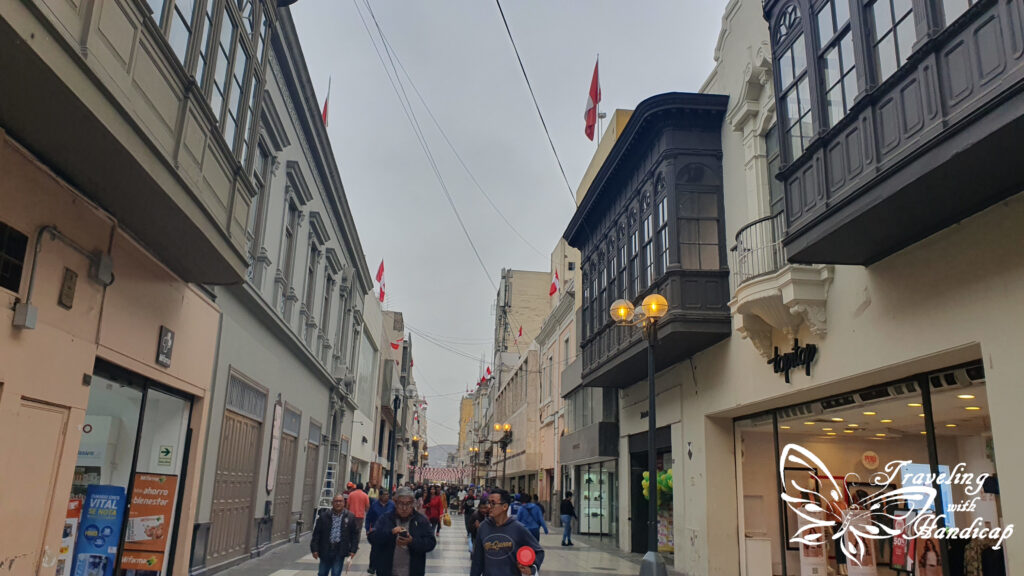
Historic center
When I visited the historic center, I was shocked regarding the bad quality of many houses. Honestly, I was happy that I went with a free walking tour instead of on my own. On the one hand, because I would have gotten lost due to all the blocked roads you were not allowed to cross or only one way. This was because police tried to reduce protests in the center. On the other hand, because many houses looked crappy and there were not many people, so I wouldn’t have felt safe walking around alone.


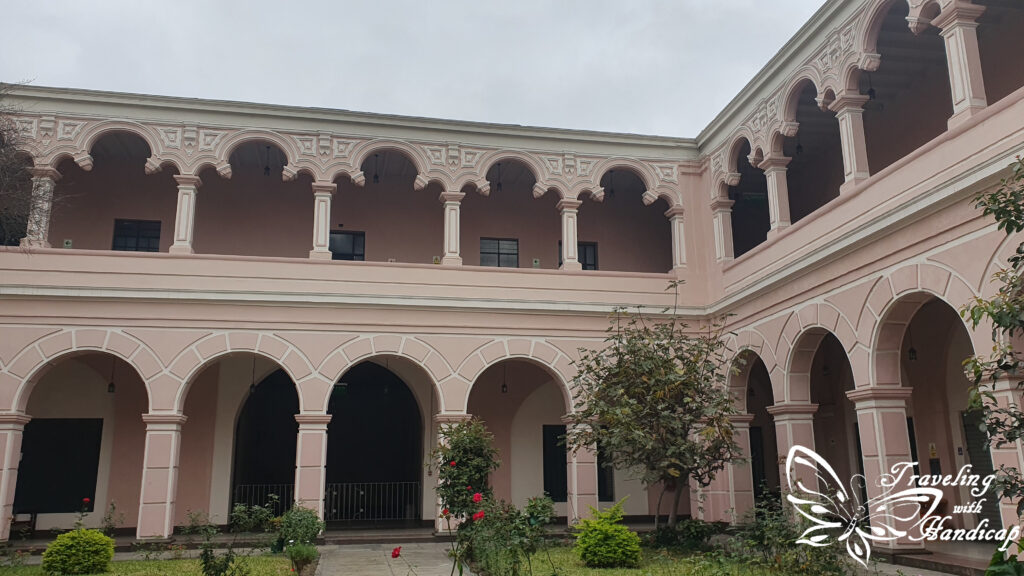
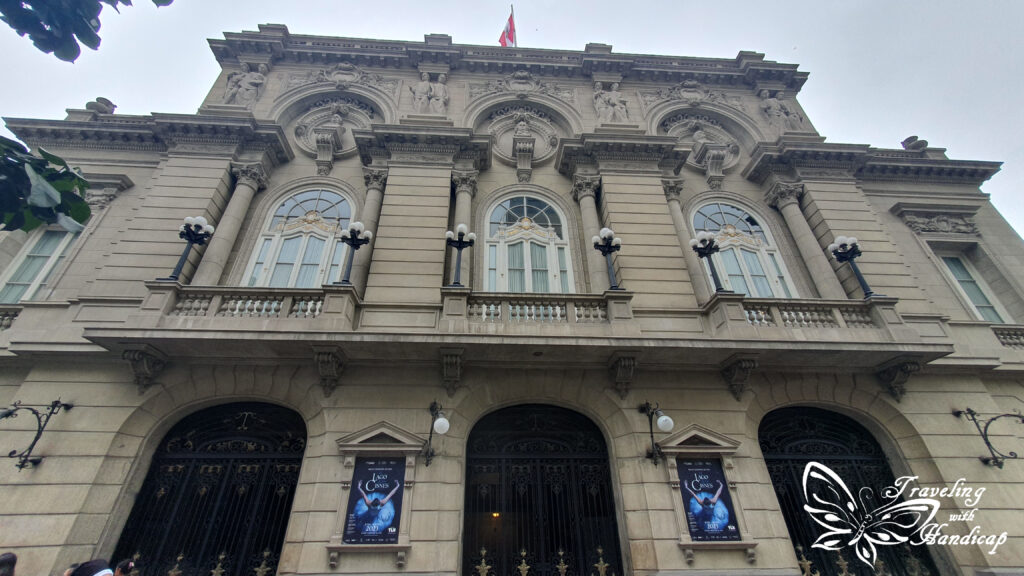



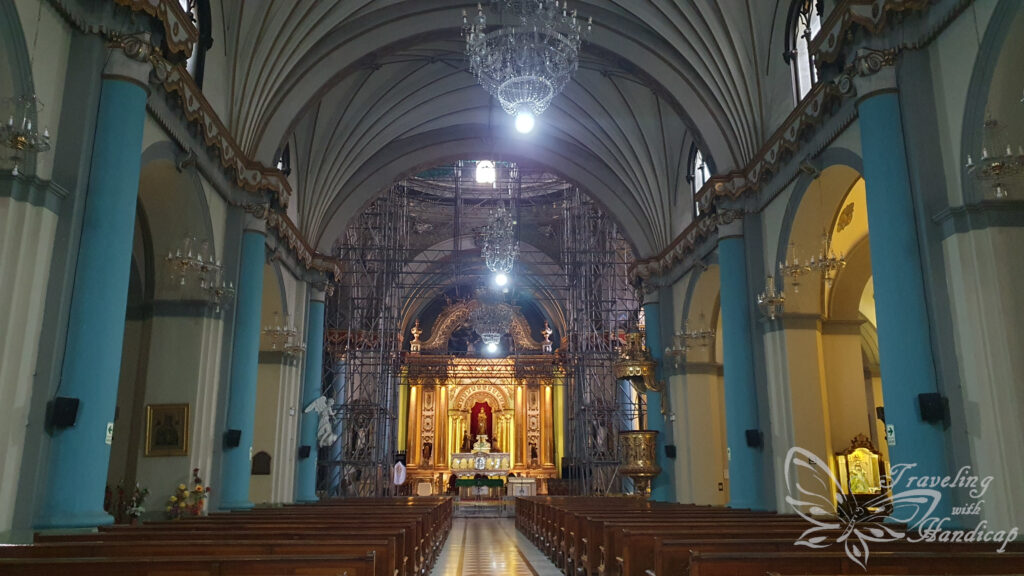
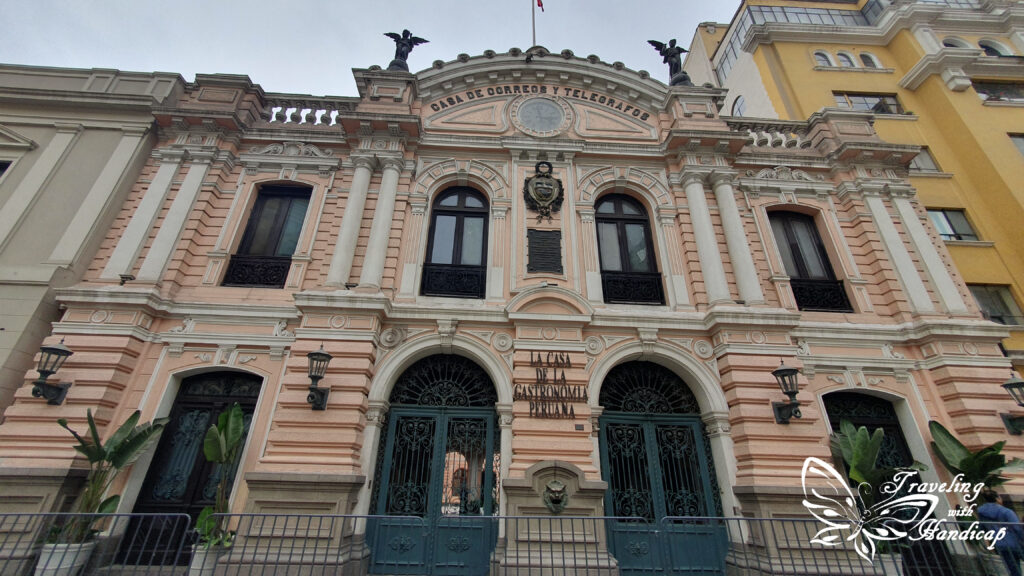
During the tour, I learned that the houses are in a process of renovation. Many of them have to be protected for heritage reasons, but they are about to only keep the facade and renew the other parts of the houses. Since there is a high likelihood of earthquakes all across Peru, the upper floors have been considered as not safe anymore. Actually, many buildings within the historic center are social housing in our days. Due to the lack of security and renovation processes, the people have been brought to other social housing locations until renovation is completed. This is because there are not many people.
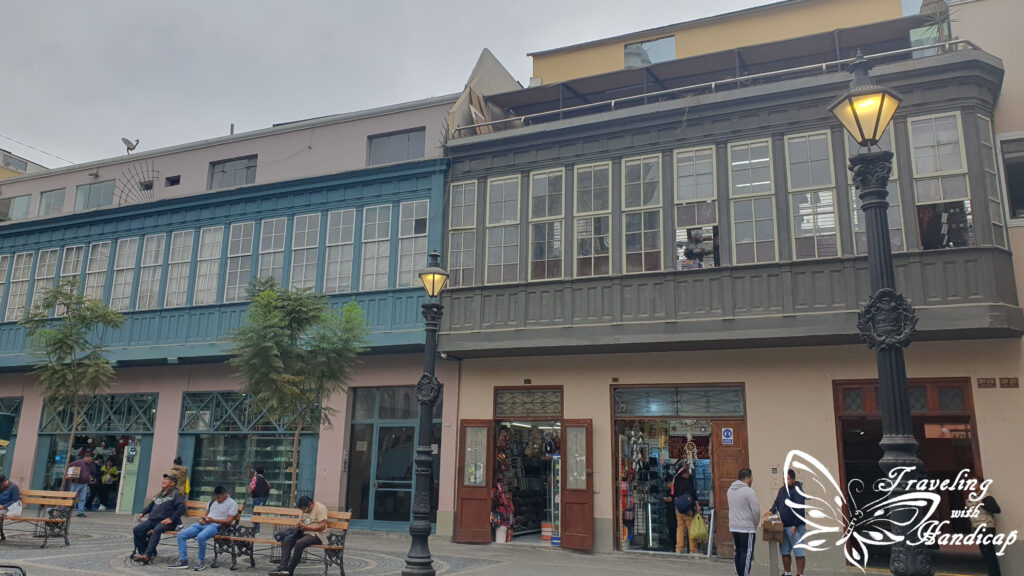
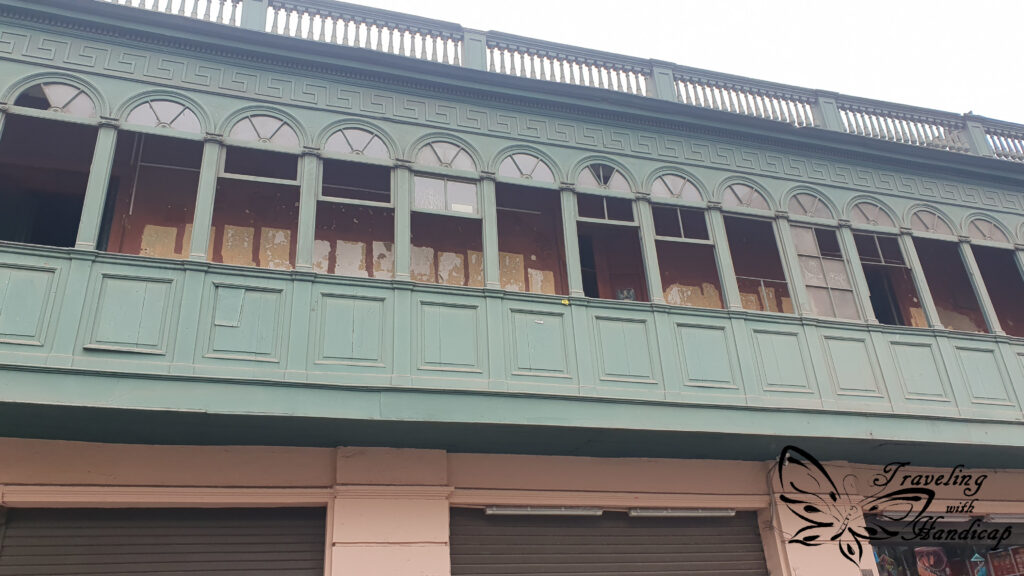

Only within the political center around the Plaza de Armas, there are many people who work there. I assume mostly related to politics. However, there are not only many well-dressed people but also many policemen stopping everyone who tries to protest in that area. There are some, very few, nice buildings and churches. However, most of them either in bad condition or currently under renovation. Maybe it will be nicer again in a few years.
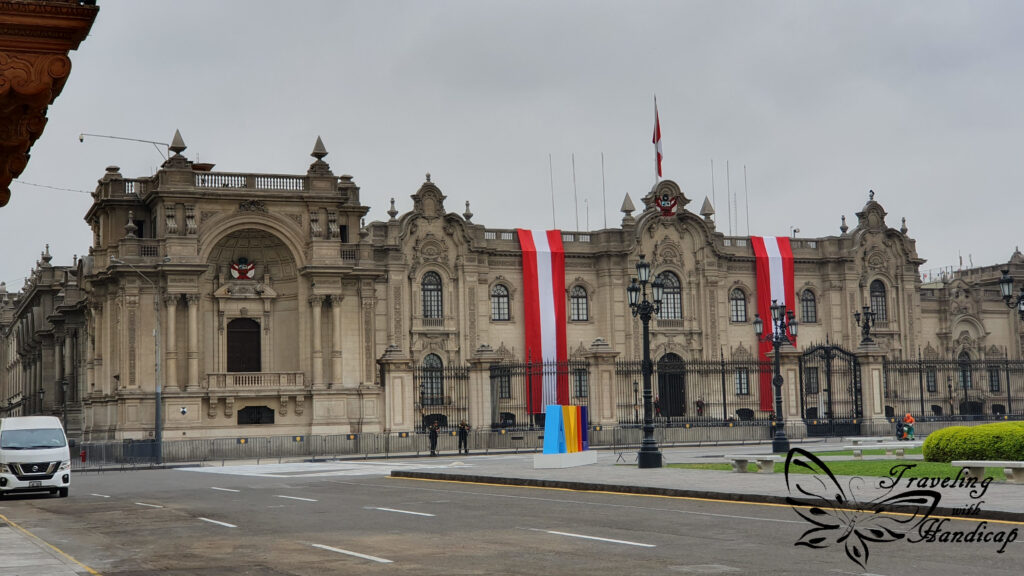
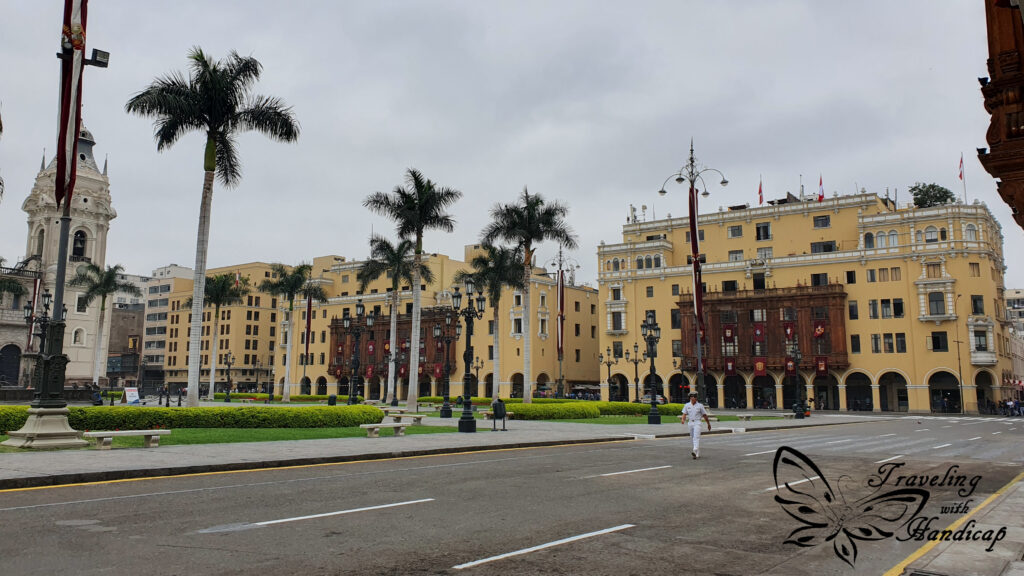

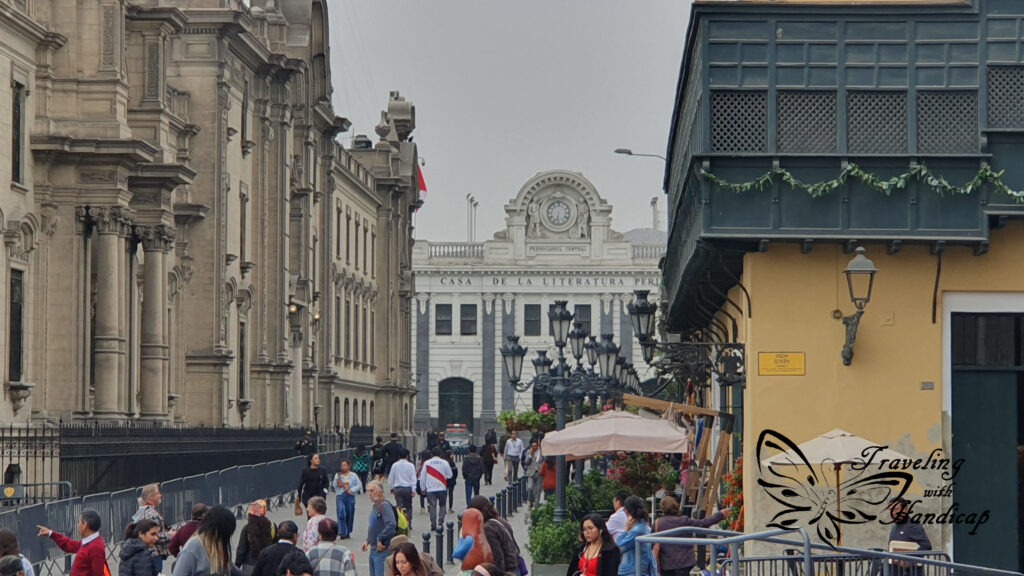


Miraflores
Miraflores has been the “in-area” of Lima for quite a long time. There are still many shopping centers, hostels, hotels, bars, pubs, restaurants and more. However, I would consider Barranco as the better area in our days. Especially the hostels in Miraflores, at least the ones I passed walking by, seemed to be a bit “outdated” and “in need of renovation”.
The Miraflores Central Park as well as the Parque Alfredo Salazar Southwell are enjoyable spots including their surrounding streets. If you want to spend a huge amount of money for dining, you will also find some of the world’s most high-rated restaurants within Miraflores. However, when I went to one of the shopping centers next to Parque Alfredo, I realized that in Lima, you don’t get the same useful things that the respective brands normally sell. You only find fancy things, it’s more about showing the name of the brand than about the usefulness and quality of the product.




Barranco
Even though the world’s most high-rated restaurants are in Miraflores, you may also dine well and expensively in Barranco. Nevertheless, there are also good and affordable restaurants, which I tried. Actually, Barranco was my favorite district within Lima. So I was happy to have picked a hostel in Barranco (which was no party hostel). Barranco is considered the Bohemian part of Lima, with its many restaurants, cafés, and pubs.
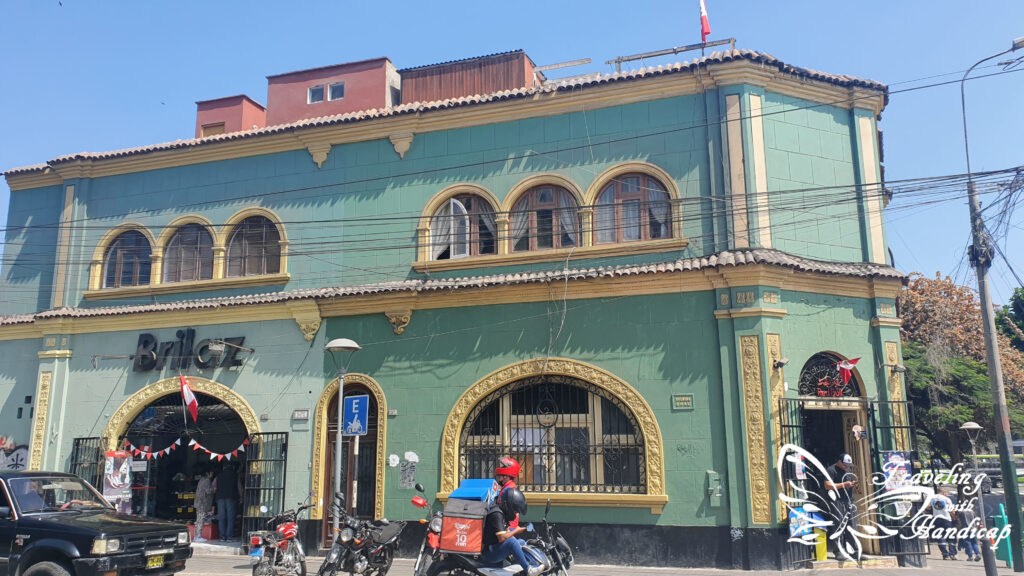
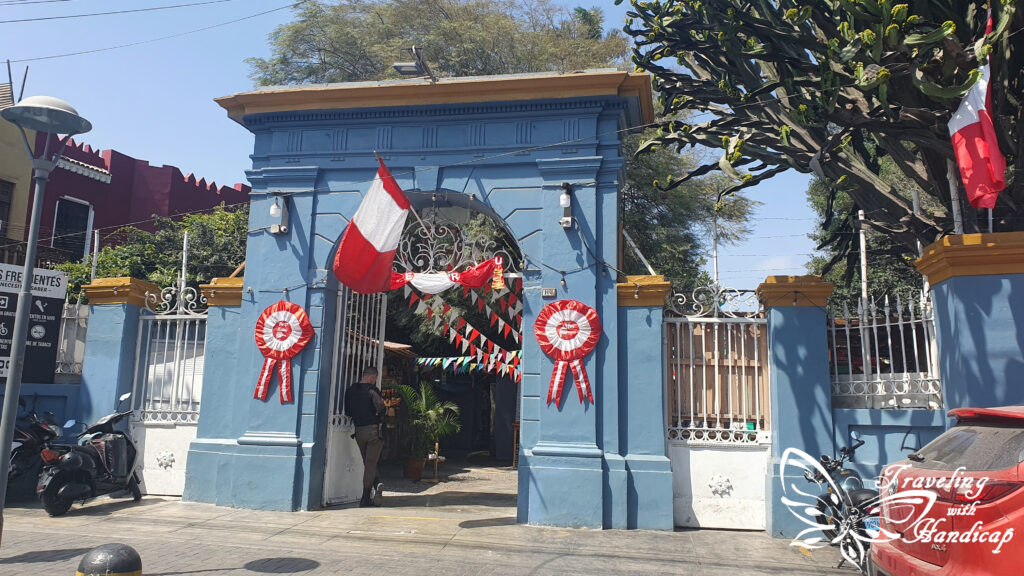
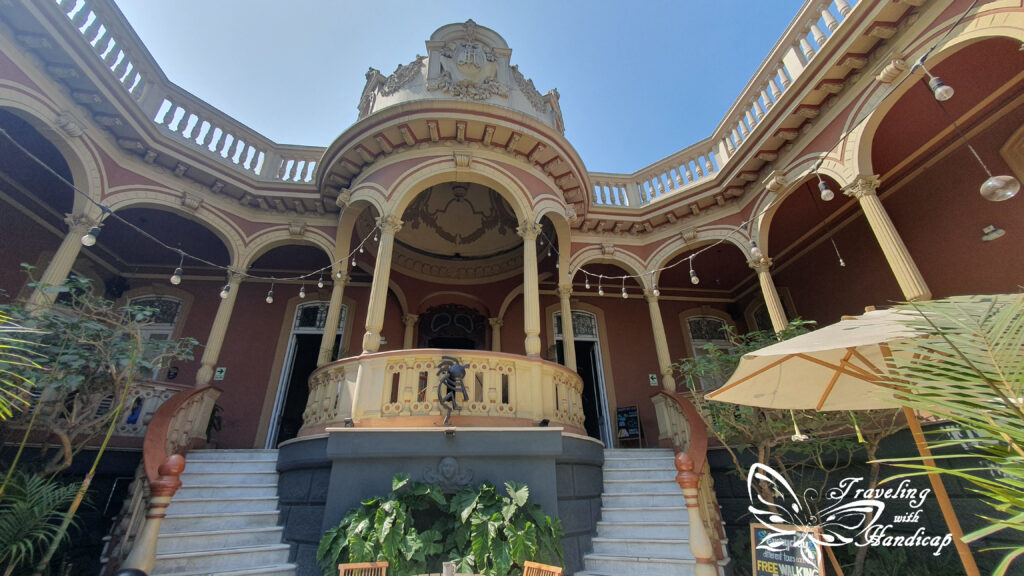


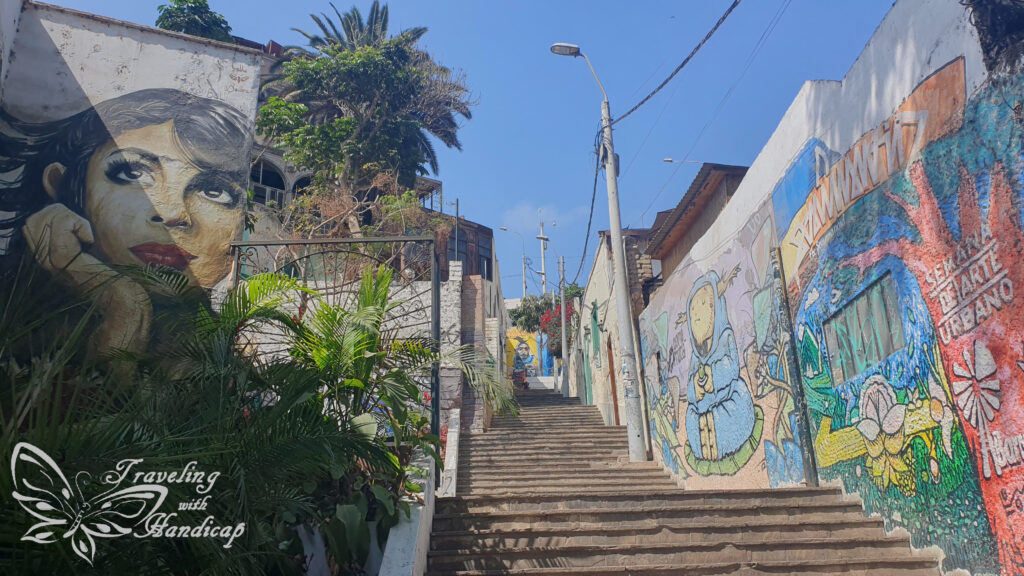


Moreover, there are some really cool colonial buildings among other famous spots. The Puente Montero Bernales as well as the Bridge of Sighs are really famous, especially among backpackers. Following the walkway below the Bridge of Sighs, you pass many restaurants with views of the coast and even get access to the coast.

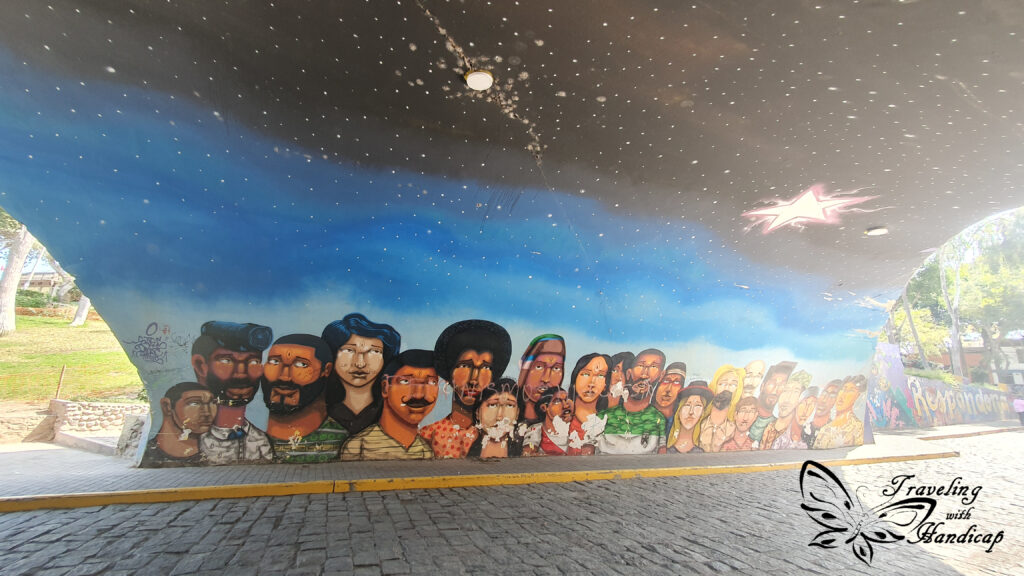
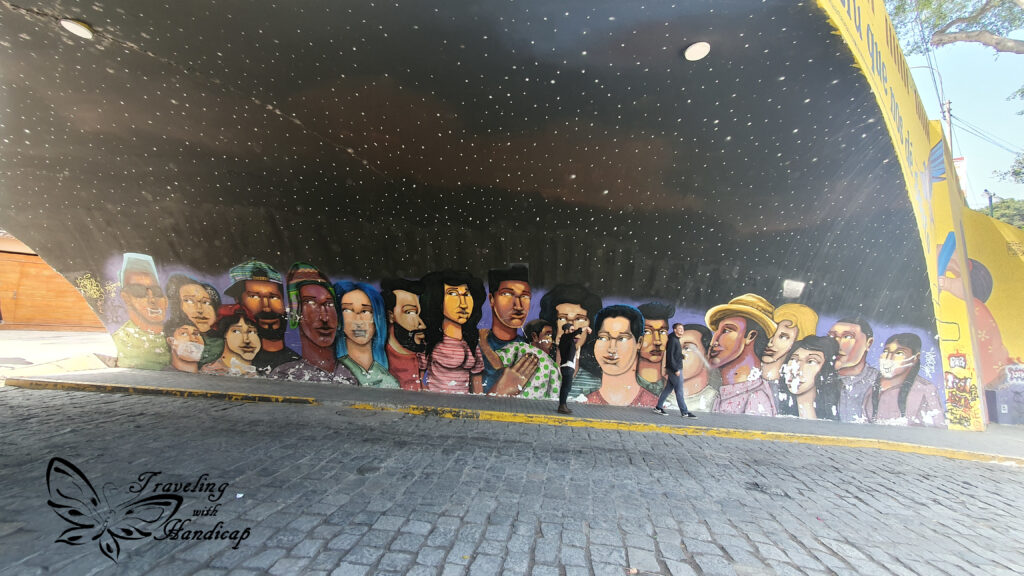
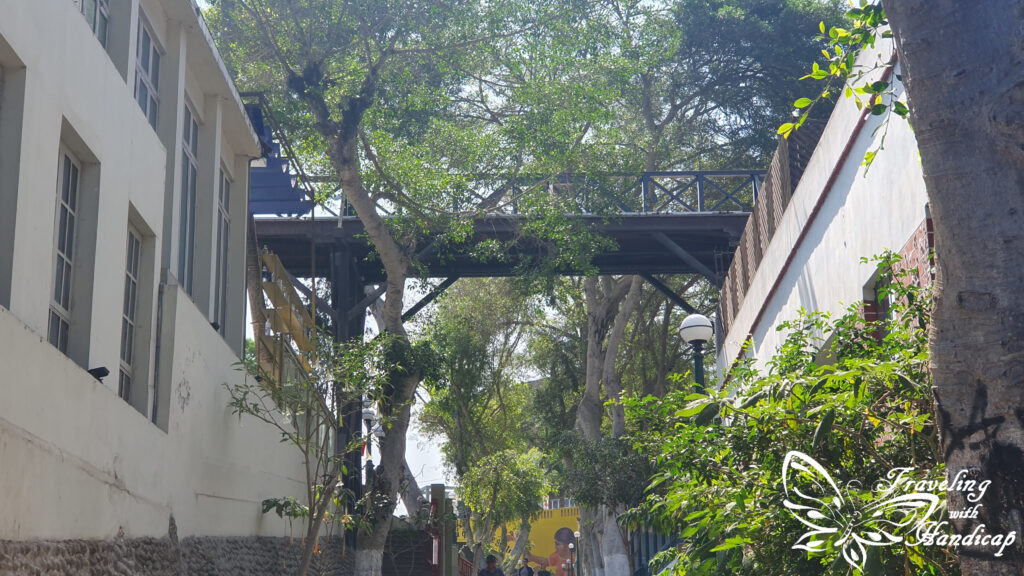
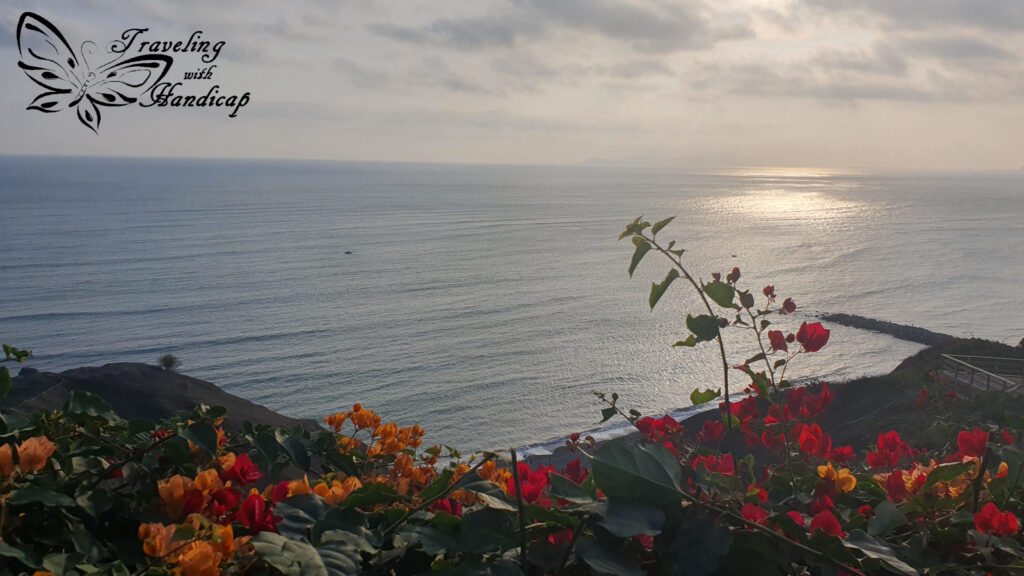
I am not surfing but have been told that around that area are good places for surfing. However, since Lima is located on a cliff, higher up, the beach area (sea level) is not too big. Thus, many people gather within a small area if weather, wind, and waves are good.

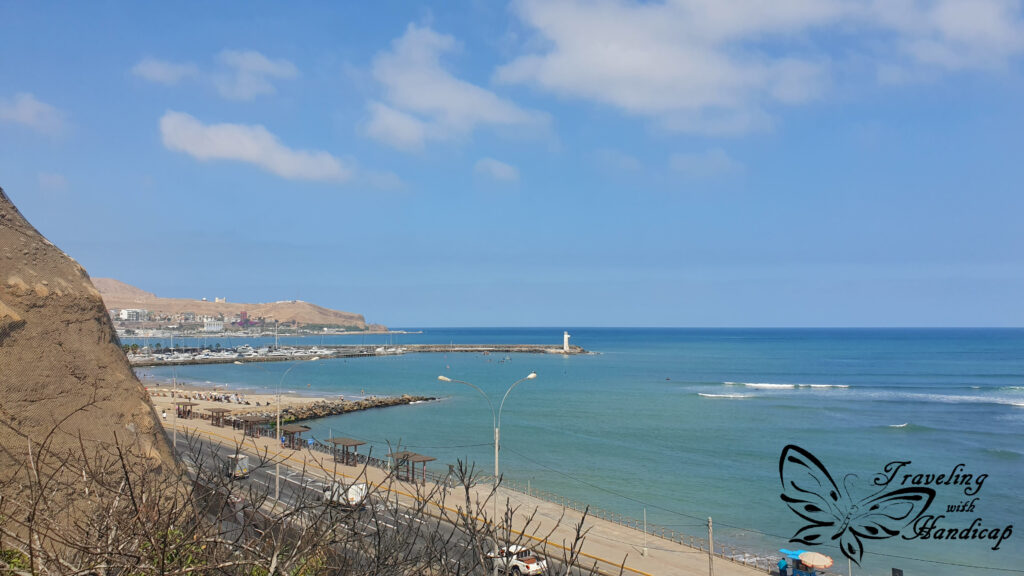
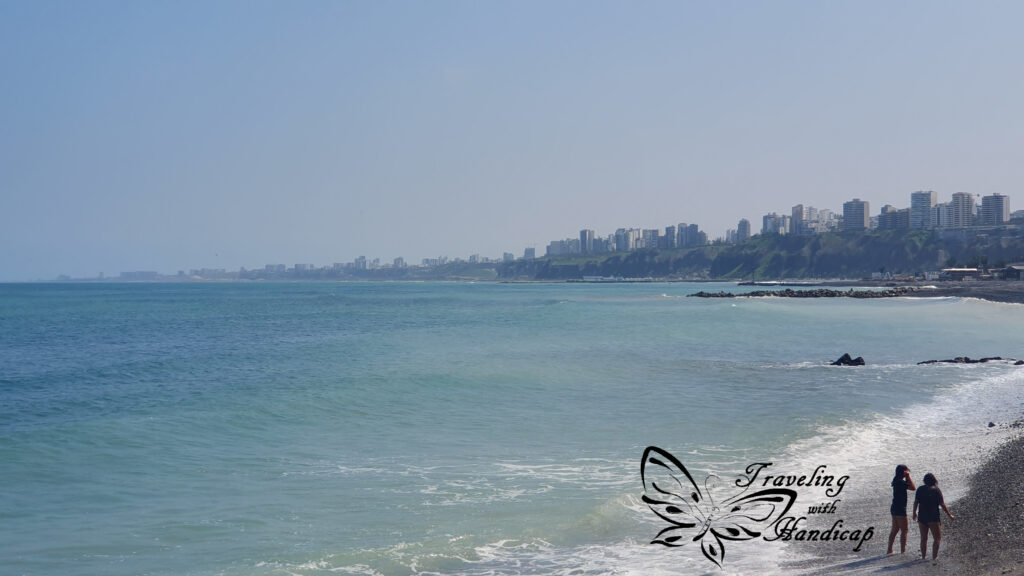
And beyond
In general, the best way to travel across Lima is by bus. Especially one of the buses on the bus highway. This is because the traffic (cars) is insane, I wouldn’t want to drive there, and taxis are expensive. You only need to be aware that not all buses can be paid in cash to the diver, you require a key-card for some of them (to pay). The bus ride from Miraflores to the historic center as well as another bus ride back gave me an impression of some other streets in Lima. The city is quite large, but I wouldn’t want to visit all parts.
If you study or like architecture, Lima offers quite much to explore. There are various styles next to each other. As I don’t know much with respect to architecture, I just realized some differences but without any historical context. In some areas of the city, there are even a lot of parks. Next to the Estadio Nacional de Perú, there is the Reserve Park. In this park, there is a colorful water show happening every evening. This show has been recommended to be, but I didn’t watch it. This was only because the bus ride back to Barranco would have taken a very long time and I didn’t want to walk around alone in the dark.
